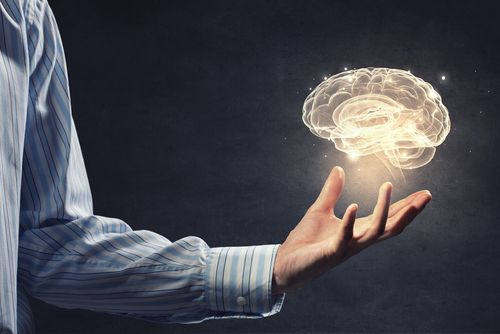Cooling the brain can help people after brain injuries or stroke
Medical science is making huge leaps lately and sometimes some new therapies may look counterintuitive for laymen. For example, did you know that cooling down person‘s head after head injury may be a good idea? Scientists from The University of Edinburgh used a 3D simulation to show how brain cooling is beneficial when treating conditions such as stroke and brain injury.
This is not actually a breakthrough discovery. Doctors have been using cooling of the scalp to reduce the swelling deep inside of the brain for quite some time already. This treatment worked in some cases, but some more evidence on why and how it works were needed. And so scientists used 3D simulation to see how cooling of the scalp impacts blood vessels and tissue, effectively reducing the temperature deep inside the brain, which helps relieve pressure inside the head to avert swelling and further injury. Scientists say that it is especially useful in critical cases of stroke and brain injury.
Cooling of the brain is not that simple. Cooling the scalp might result in colder skin while the deeper areas of the brain may remain unaffected. However, this research showed that through a complex relation between simultaneous flow, heat transfer and metabolism between arteries, veins and brain tissue the temperature of the brain drops with scalp cooling. These 3D models could help propel this research into therapeutic cooling techniques and, eventually, clinical trials.
This is especially beneficial for babies. Scientists showed that cooling their scalps to 10C makes the temperature inside the head drop from 37 to 36 degrees Celsius. This may not seem like a huge difference, but it is proven that this is enough to aid recovery. Such head cooling techniques can help avoiding cooling the entire body of the new-born. In adults this technique results in a temperature drop of around 0.5 degrees, which may also reduce the recovery time and potential swelling damage. Professor Ian Marshall, one of the authors of the study, said: ”Getting vital patient information such as core brain temperature is a challenge and is only currently possible through expensive MRI scans. A robust model which can predict temperature and blood flow is therefore the need of the hour”.
Cooling the head doesn’t require medication and doesn’t have lasting effects. It is essentially safe, but more clinical trials are needed. Hopefully this technique can become more widespread if researches like this can prove that cooling the brain is beneficial in critical cases of brain injury and stroke.

